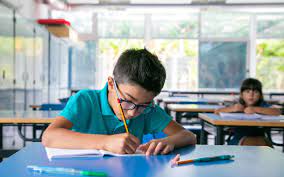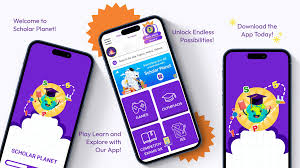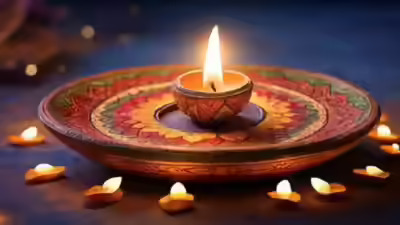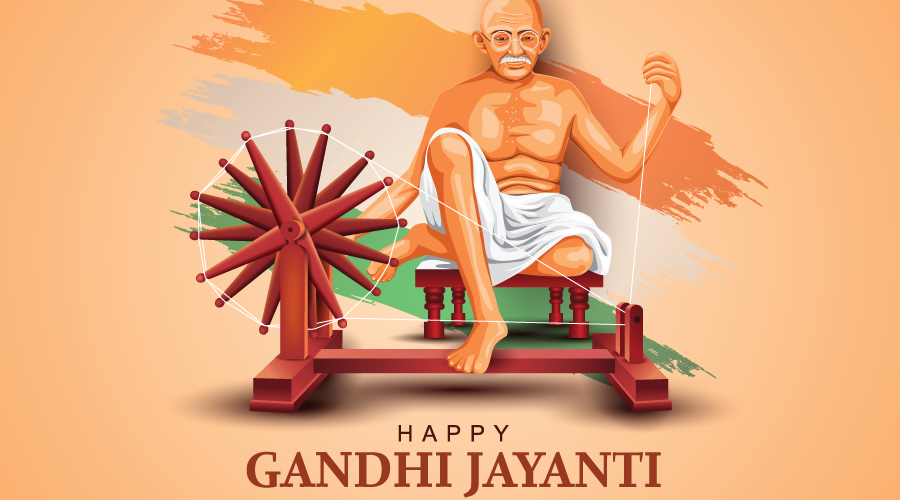Blog

टॉप 5 मेमोरी टेक्नीक्स जो हर स्टूडेंट को ज़रूर अपनानी चाहिए
Author ~ Scholar Planet
Created At: 04 Dec, 2025

⭐ Journey of a Star: Birth, Life & Death — एक तारे की पूरी कहानी
Author ~ Scholar Planet
Created At: 22 Nov, 2025

⭐ पढ़ाई के समय फोकस कैसे बनाए रखें (भले ही आप जल्दी Distract हो जाते हों)
Author ~ Scholar Planet
Created At: 20 Nov, 2025

🌐 नई तकनीकों की नींव: ब्लॉकचेन, रोबोटिक्स और IoT के साथ भविष्य की ओर कदम
Author ~ Scholar Planet
Created At: 21 Oct, 2025

🪔✨ दीपों की रोशनी में ज्ञान का उत्सव — “दीपावली ज्ञानोत्सव” ✨🪔
Author ~ Scholar Planet
Created At: 14 Oct, 2025

🌿 गांधी जयंती 2025: महात्मा गांधी से सीखने की प्रेरणादायक बातें
Author ~ Scholar Planet
Created At: 27 Sep, 2025

📚 2025 में सबसे ज़्यादा मांग वाली स्किल्स: हर छात्र को क्यों सीखनी चाहिए? 🚀
Author ~ Scholar Planet
Created At: 23 Sep, 2025

चंद्रयान से गगनयान तक: छात्रों के लिए प्रेरणादायक अंतरिक्ष कहानियाँ 🚀✨
Author ~ Scholar Planet
Created At: 15 Sep, 2025

🌍 युवा पीढ़ी की भूमिका: एक बेहतर भविष्य के निर्माण में 🚀
Author ~ Scholar Planet
Created At: 29 Aug, 2025



